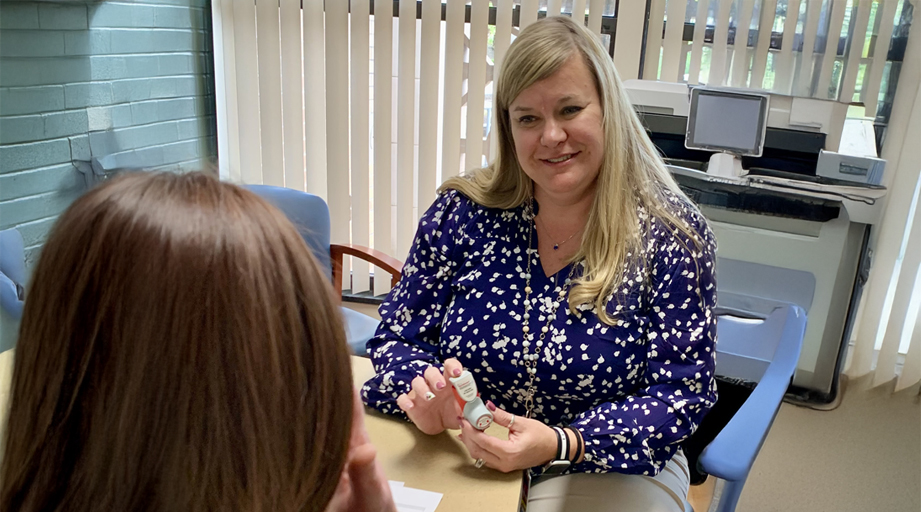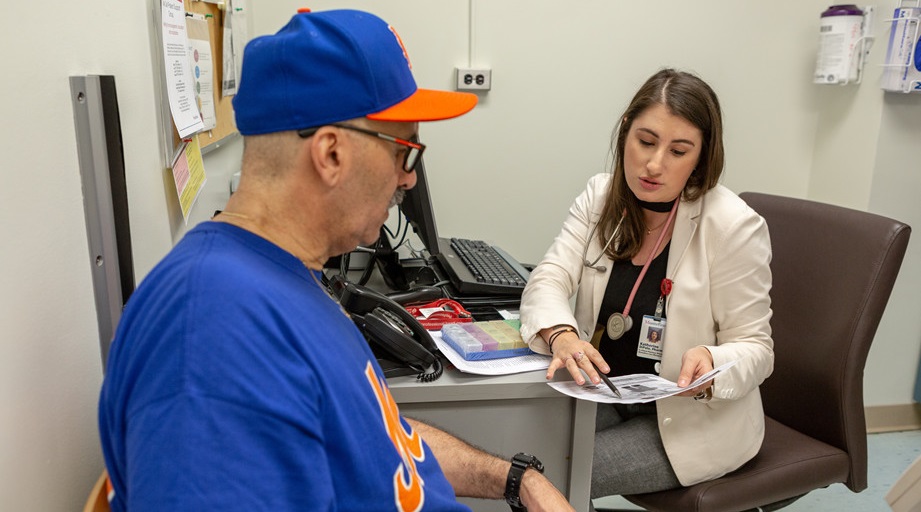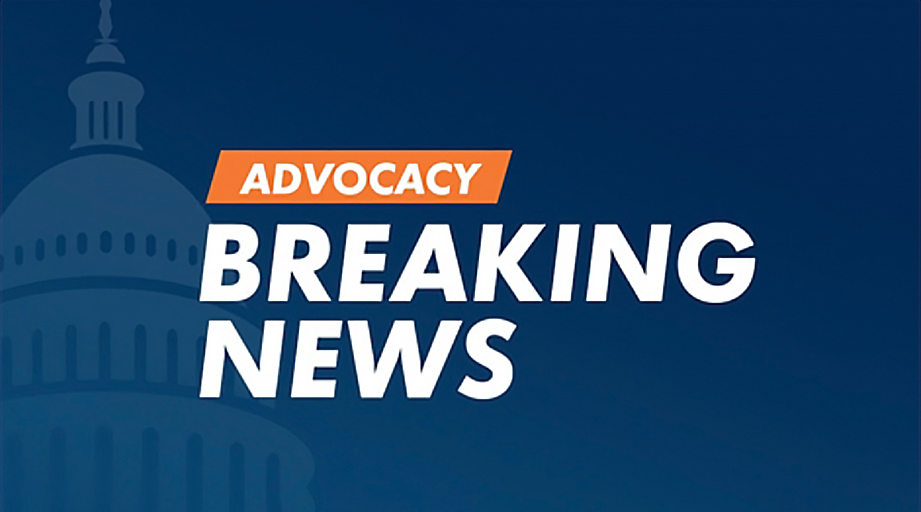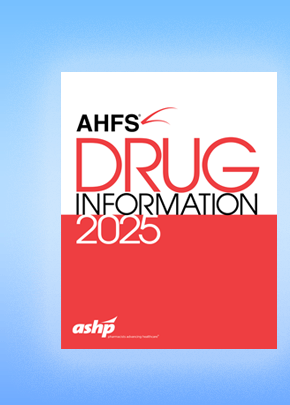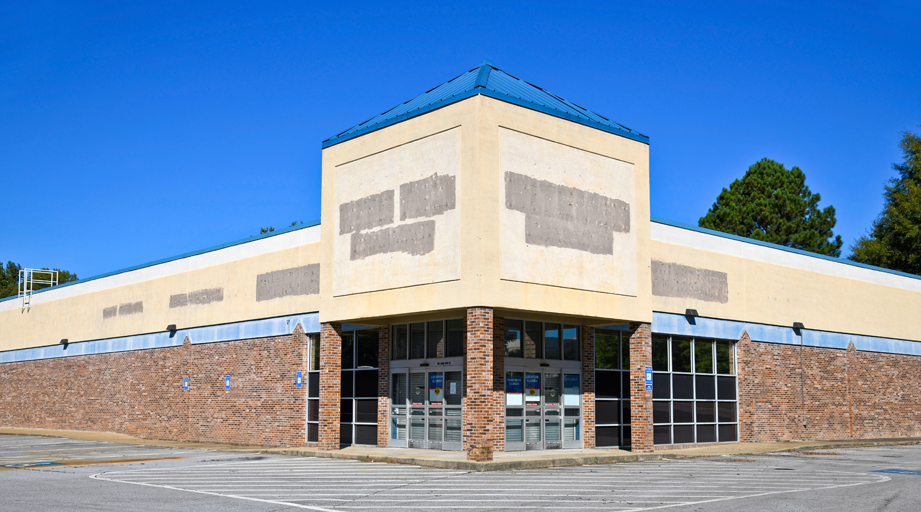
Health systems and clinics are investing in new technology, opening new pharmacies, and generally doing whatever it takes to fill prescriptions as nearby chain pharmacies shut down.
Cass Family Clinic, a federally qualified health center (FQHC) in southwest Michigan, became the only pharmacy in the village of Cassopolis after the local Rite Aid closed its doors late last year, said Kevin Klipowicz, pharmacy director for the clinic network.

Within about six months, he said, prescription volume was up 55% at the FQHC’s pharmacies in Cassopolis and Niles, which also lost a Rite Aid last year.
To help with the increased workload, the FQHC recently purchased a pharmacy robot for the Cassopolis clinic.
Klipowicz said the robot — a Parata Max 2 — stocks up to 200 commonly used medications. It’s the second robot for the FQHC, which previously installed the same model at the Niles clinic. The robot fills, labels, caps, and photographs vials, streamlining the process to complete each prescription fill and get the medications to the patient as quickly as possible.
“Patients come see their doctor first and get their prescriptions,” Klipowicz said. “We don’t want them to leave the clinic without their medications. So this machine is just critical to being able to keep up with that.”
The Cassopolis and Niles pharmacies have also expanded their weekday hours, added Saturday hours for the first time, and brought aboard new pharmacists and pharmacy technicians to handle the increased workload.
“Luckily, we were able to hire on a lot of the Rite Aid staff,” Klipowicz said. “The patients that were Rite Aid customers really loved it, that they got to see familiar faces.”
He noted that the FQHC is also preparing to open a new clinic and pharmacy in Dowagiac, Michigan — a small city whose Rite Aid shut down last year.
Retail pharmacy closures
Michigan reported a net loss of 131 pharmacies last year, reflecting a larger national trend. A December 2024 Health Affairs report found that 29.4% of the 88,930 U.S. retail pharmacies that operated during 2010–2020 had closed by 2021.
Rite Aid alone reportedly closed about 800 pharmacies nationwide, including all of its Michigan stores and all but four locations in Ohio, soon after declaring bankruptcy in 2023. The company emerged from bankruptcy protection last year but recently announced plans to sell “substantially all of its assets” as part of a new bankruptcy filing.
In Ada, Ohio, the Ohio Northern University (ONU) HealthWise pharmacy is filling the gap left by the loss of the town’s Rite Aid store last summer, said Stuart Beatty, dean of the ONU Raabe College of Pharmacy.
“In our town, before this closure, we had our own ONU HealthWise pharmacy, and then there was a Rite Aid,” Beatty said. “We are the only pharmacy in our town now, and we are one of only three pharmacies in the county.”
The ONU HealthWise pharmacy has an unusual location — it’s inside the pharmacy college building and serves as an experiential site for pharmacy residents and students. But anyone can have prescriptions filled there.
“It operates just like any other pharmacy,” Beatty said. “We take insurance. We are the preferred pharmacy for our own network. But it’s always been open to the general public.”
Beatty said the ONU HealthWise pharmacy typically fills about 300 prescriptions per day, up from 80–100 per day when the Rite Aid was still in town. He said the revenue from the increased business has supported the hiring of two pharmacy technicians to help meet the community’s needs.
To further serve the community, the pharmacy also runs a multidisciplinary mobile clinic out of what Beatty called “a 38-foot retrofitted RV” that provides health screenings, education, and vaccinations in and around Hardin County. The clinic travels on a rotating schedule that allows for follow-up visits and continuity of care.
“It’s helping to fill the primary care gap, because we are in a rural and a medically underserved area,” Beatty said.
He added that too many such communities “have kind of been overlooked, as far as healthcare goes.”
Urban pharmacy deserts
Pharmacy closures are also hitting underserved urban areas — including Rochester, New York, which is coping with last year’s loss of five Walgreens pharmacies in some of the city’s neediest communities.
Casey Wilbert, chief pharmacy officer for Rochester Regional Health, said the pharmacy chain’s abrupt exit “created a lot of areas where it’s painful for people to get their prescriptions filled.”
It’s not a new problem for Rochester — a Walgreens closure in 2022 created what Rochester Mayor Malik Evans reportedly called a pharmacy desert in the city’s 19th Ward.
During last year’s round of closures, local residents had some advance notice that their prescriptions were being transferred to other pharmacies, said Jason Smith, chief pharmacy officer for the University of Rochester Medical Center (URMC).
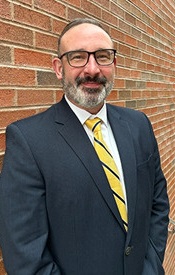
But those pharmacies weren’t always realistic options for urban patients who have urgent needs and don’t drive.
“It might be totally across the city, or somewhere not even in the city,” Smith said. “Rochester does have a busing system, but we don’t have great public transportation like New York City does, for example. So it presented a big challenge.”
URMC, along with Rochester Regional Health, Trillium Health, and Jordan Health, each operate community pharmacies in Rochester that are open to the public. The four organizations are collaborating under the banner of the Rochester Pharmacy Access Coalition to help blunt the impact of the chain pharmacy closures.
“We partnered with our government affairs team and worked with the mayor’s office and other pharmacy leaders in town to make sure that the community knew that we all had opportunities for them to fill prescriptions in a relatively close radius to where Walgreens was closing,” Wilbert said of the coalition’s work.
Rochester Regional Health’s St. Mary’s Apothecary is one such pharmacy option for patients, said Patrick McCabe, director of ambulatory pharmacy services for the health system.
McCabe said prescription volume at the St. Mary’s site was down about a year ago, after several medical offices moved out of the building they had shared with the pharmacy.
“We had lost some patients because of those office moves and closures,” McCabe said.
When the Walgreens closed and word spread that the coalition’s pharmacies were ready to serve the community, business at St. Mary’s picked up.
“We do have increased staffing at the St. Mary’s Apothecary now as a result of the Walgreens closure,” McCabe said.
Smith said that when news broke about last year’s chain pharmacy closures, URMC was already preparing to bring a new community pharmacy to the 19th Ward, near the site of the Walgreens store that left in 2022.
He said the new Brooks Landing Pharmacy, which opened its doors last October, has been “a huge success” for URMC and the city.
“We are averaging roughly 250 to 300 prescriptions per day in our new pharmacy location. And we’re seeing new patients every day that are transferring into our pharmacy,” Smith said.
More than filling prescriptions
Trillium Health, an FQHC in downtown Rochester, has seen about a 10% bump in prescriptions since Walgreens exited the area, said Christopher Woodring, the health center’s chief pharmacy officer.
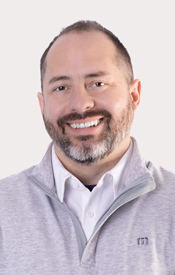
But he emphasized that the health center does far more than write and fill prescriptions for local residents — it builds on its origins as an HIV clinic to provide comprehensive primary care and pharmacy services for all patients.
“Any person in the neighborhood can simply walk in the door,” Woodring said. “And the pharmacy isn’t limited just to our clinic patients. The services we provide, whether it’s vaccine administration or even home delivery, that’s for everyone.”
“That’s kind of the spirit between the four members of the access coalition, too,” he added.
Woodring traced the coalition’s origin to the COVID-19 pandemic, when the four healthcare organizations recognized the need to more efficiently deliver essential care throughout the city.
As URMC’s Smith put it: “We’re not trying to compete for patients. We’re trying to collaborate and augment the services that we have . . . to better serve the community.”
Nowadays, the coalition members are brainstorming about making pharmacy services more accessible, with a new focus on advocacy to modernize pharmacy practice in the state.
“Other states have ... mobile pharmacies and prescription drug lockers. And we have not done that in this state,” Wilbert noted. “So I think there’s a focus on ramping up our advocacy efforts in an attempt to increase access points for our patients.”
Kyle Robb, director of state legislative affairs for ASHP, noted that pharmacy practice change has long been a difficult process for New York and its pharmacy board, which is housed within the state education department.
“The board members themselves have limited rulemaking authority or direct control over pharmacy inspectors and enforcement,” Robb said. “This leads to statutes and regulations being interpreted rigidly, and New York stakeholders express frustration with achieving policy changes.”
Woodring said the need to address access at the state level has grown increasingly important as chain pharmacies continue to exit their communities.
“I don’t see pharmacy deserts going away,” he said.


